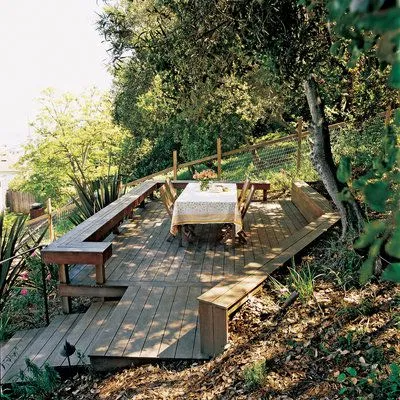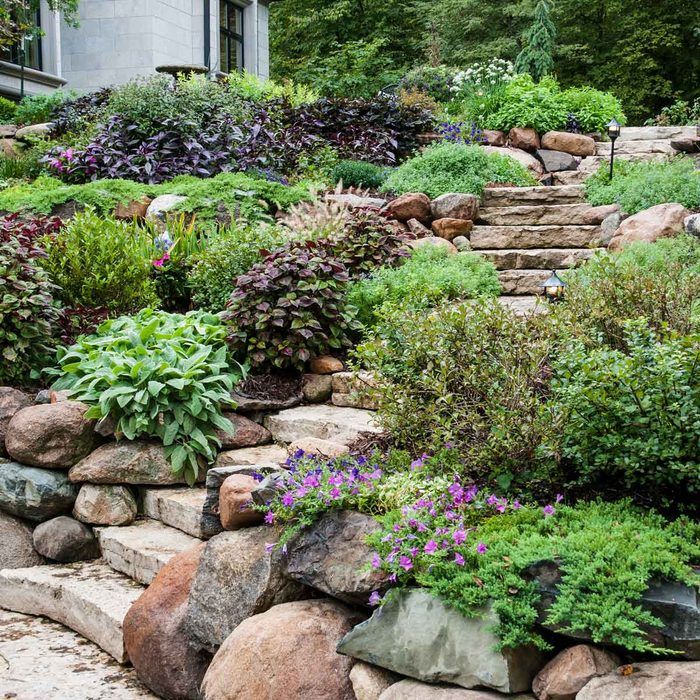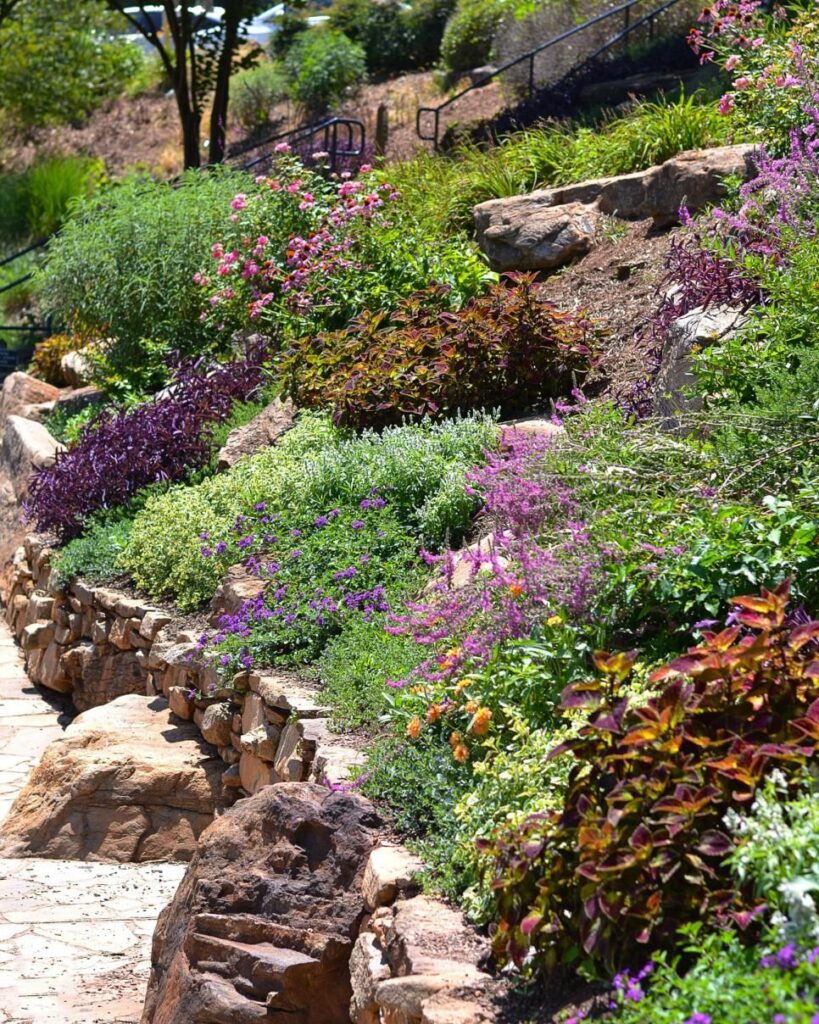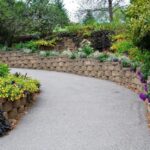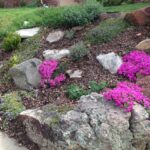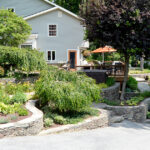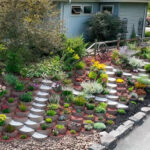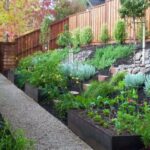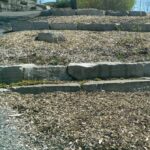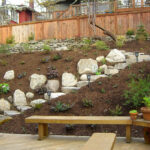Landscaping on a slope can present unique challenges and opportunities for homeowners looking to enhance the appearance and functionality of their outdoor space. With careful planning and the right techniques, it is possible to create a beautiful and functional landscape that not only controls erosion but also adds visual interest and value to your property.
One of the first steps in landscaping on a slope is to assess the existing conditions of the area. It is important to consider factors such as soil type, drainage patterns, and the angle of the slope. This information will help determine the most suitable plants, materials, and techniques to use in your landscaping project. In some cases, you may need to modify the slope or install retaining walls to create more level areas for planting.
Plant selection is crucial when landscaping on a slope, as certain plants are better suited to growing on inclines than others. Native plants with deep root systems are often a good choice, as they can help stabilize the soil and prevent erosion. Groundcovers such as creeping thyme or sedum are also effective at covering large areas and reducing weed growth. Consider using a mix of shrubs, perennials, and annuals to create a varied and visually appealing landscape.
Incorporating hardscaping elements such as terraces, steps, and retaining walls can help break up the slope and create more usable space in your landscape. Retaining walls can be made from a variety of materials, including concrete blocks, natural stone, or timber. These structures not only help to stabilize the soil but also provide a defined edge for planting beds and pathways. Steps can be used to create access to different levels of the slope and add architectural interest to the landscape.
Water management is another important consideration when landscaping on a slope. Proper drainage is essential to prevent erosion and water runoff. Installing drainage channels or swales can help direct water away from the slope and prevent pooling. Consider using permeable materials such as gravel or permeable pavers for pathways to allow water to filter into the soil. Mulching planting beds can also help retain moisture and reduce erosion on slopes.
Maintenance is key to keeping your sloped landscape looking its best. Regular weeding, pruning, and watering will help your plants thrive and prevent erosion. It may also be necessary to periodically check and adjust retaining walls and drainage systems to ensure they are functioning properly. By taking the time to properly plan and care for your sloped landscape, you can create a beautiful and functional outdoor space that you can enjoy for years to come.
